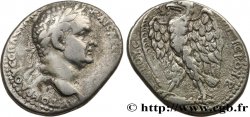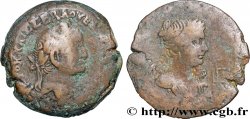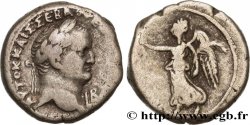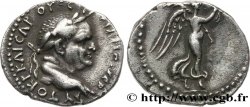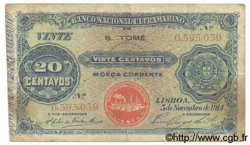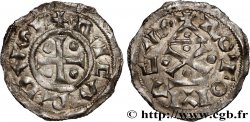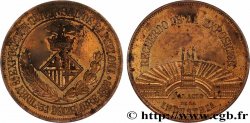Live auction - brm_417644 - VESPASIANO Denier
Devi Sign-in ed essere un offerente approvato fare un'offerta, Login per fare offerte. Conti sono soggetti ad approvazione e di approvazione sono raggiunti entro 48 ore. Non aspettare fino al giorno di una vendita si chiude per registrarti.Confermando la tua offerta su questo oggetto ti impegni ad un contratto legalmente vincolante per l'acquisto di questo prodotto e fare clic su «offerta» costituisce accettazione dei termini di utilizzo de live auctions cgb.fr.
Offerta deve essere collocato in euro gli importi interi vendita only.The si chiuderà al momento sulla descrizione dell'oggetto, eventuali offerte pervenute al sito dopo l'orario di chiusura non verranno eseguite. Volte transmition possono variare e le offerte potrebbero essere respinto se si attende per gli ultimi secondi. Per ulteriori informazioni ckeck le FAQ Live auction.
Le offerte vincenti saranno sottomesse ai 18% per spese di compartecipazione alla vendita.
Le offerte vincenti saranno sottomesse ai 18% per spese di compartecipazione alla vendita.
| Valutazione : | 750 € |
| Prezzo : | no offerta |
| Offerta maxima : | no offerta |
| Data di fine vendita : | 14 marzo 2017 14:38:33 |
Tipo : Denier
Data: 70
Nome della officina / città: Roma
Metallo : argento
Titolo in millesimi : 900 ‰
Diametro : 16 mm
Asse di coniazione : 6 h.
Peso : 3,48 g.
Grado di rarità : R2
Commenti sullo stato di conservazione:
Exemplaire sur un petit flan ovale court sur la légende de droit. Joli revers à l’usure régulière bien venu à la frappe. Belle patine de collection ancienne avec des reflets dorés
N° nelle opere di riferimento :
Pedigree :
Cet exemplaire provient du stock de Leo Hamburger (Francfort 1920-1930)
Diritto
Titolatura diritto : IMP CAESAR VESPASIANVS AVG.
Descrittivo diritto : Tête laurée de Vespasien à droite (O*).
Traduzione diritto : “Imperator Cæsar Vespasianus Augustus”, (L'empereur césar Vespasien auguste).
Rovescio
Titolatura rovescio : IVDAEA (À L'EXERGUE).
Descrittivo rovescio : La Judée voilée assise à droite ; derrière un trophée.
Traduzione rovescio : “Iudæa”, (La Judée).
Commento
Rubans de type 3. Au droit, le portrait est réaliste et ressemble aux portraits plus massifs de l’empereur, plus tardifs. Peut-être l’émission a-t-elle débutée avant l’arrivée de l’empereur dans l’Urbs qui était absent de Rome depuis quatre ans. Ce type de revers n’a été frappé qu’en 70 pour l’or et l’argent (RIC. 15). Mais le style du portrait fait aussi penser à Lyon (RIC. 1118). La Judée est toujours assise à droite, voilée, le bras droit posé sur son genou et le bras gauche soutient le menton de la Province qui suivant les exemplaires, est plus ou moins penché vers l’avant dans une attitude de tristesse. Nous trouvons parfois de petites variations dans la représentation du trophée d’armes qui est constitué d’un casque, d’une cuirasse, de boucliers ronds au sol et de boucliers composites sur les bras du trophée .
Type 3 ribbons. On the obverse, the portrait is realistic and resembles the later, more massive portraits of the emperor. Perhaps the issue began before the arrival of the emperor in the Urbs, who had been absent from Rome for four years. This type of reverse was only struck in 70 for gold and silver (RIC. 15). But the style of the portrait is also reminiscent of Lyon (RIC. 1118). Judea is always seated on the right, veiled, her right arm resting on her knee and her left arm supporting the chin of the Province, who, depending on the copy, is more or less leaning forward in an attitude of sadness. We sometimes find small variations in the representation of the trophy of arms, which consists of a helmet, a breastplate, round shields on the ground and composite shields on the arms of the trophy
Type 3 ribbons. On the obverse, the portrait is realistic and resembles the later, more massive portraits of the emperor. Perhaps the issue began before the arrival of the emperor in the Urbs, who had been absent from Rome for four years. This type of reverse was only struck in 70 for gold and silver (RIC. 15). But the style of the portrait is also reminiscent of Lyon (RIC. 1118). Judea is always seated on the right, veiled, her right arm resting on her knee and her left arm supporting the chin of the Province, who, depending on the copy, is more or less leaning forward in an attitude of sadness. We sometimes find small variations in the representation of the trophy of arms, which consists of a helmet, a breastplate, round shields on the ground and composite shields on the arms of the trophy







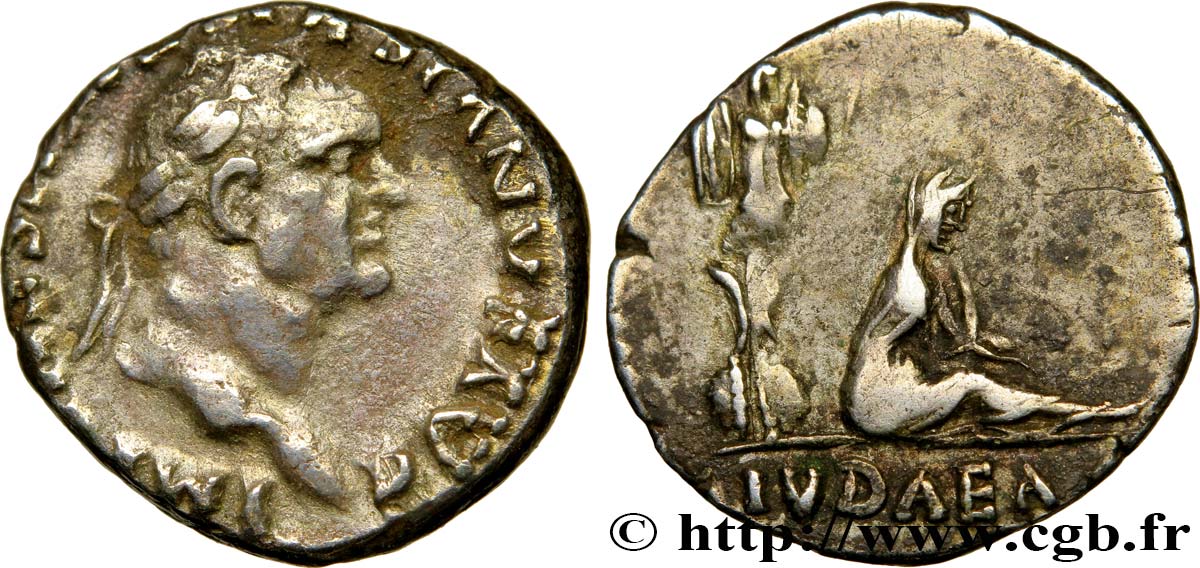
 Segnalare un errore
Segnalare un errore Stampate la pagina
Stampate la pagina Condividi mia selezione
Condividi mia selezione Fai una domanda
Fai una domanda Consegnare / vendere
Consegnare / vendere
 Descrittivo
Descrittivo